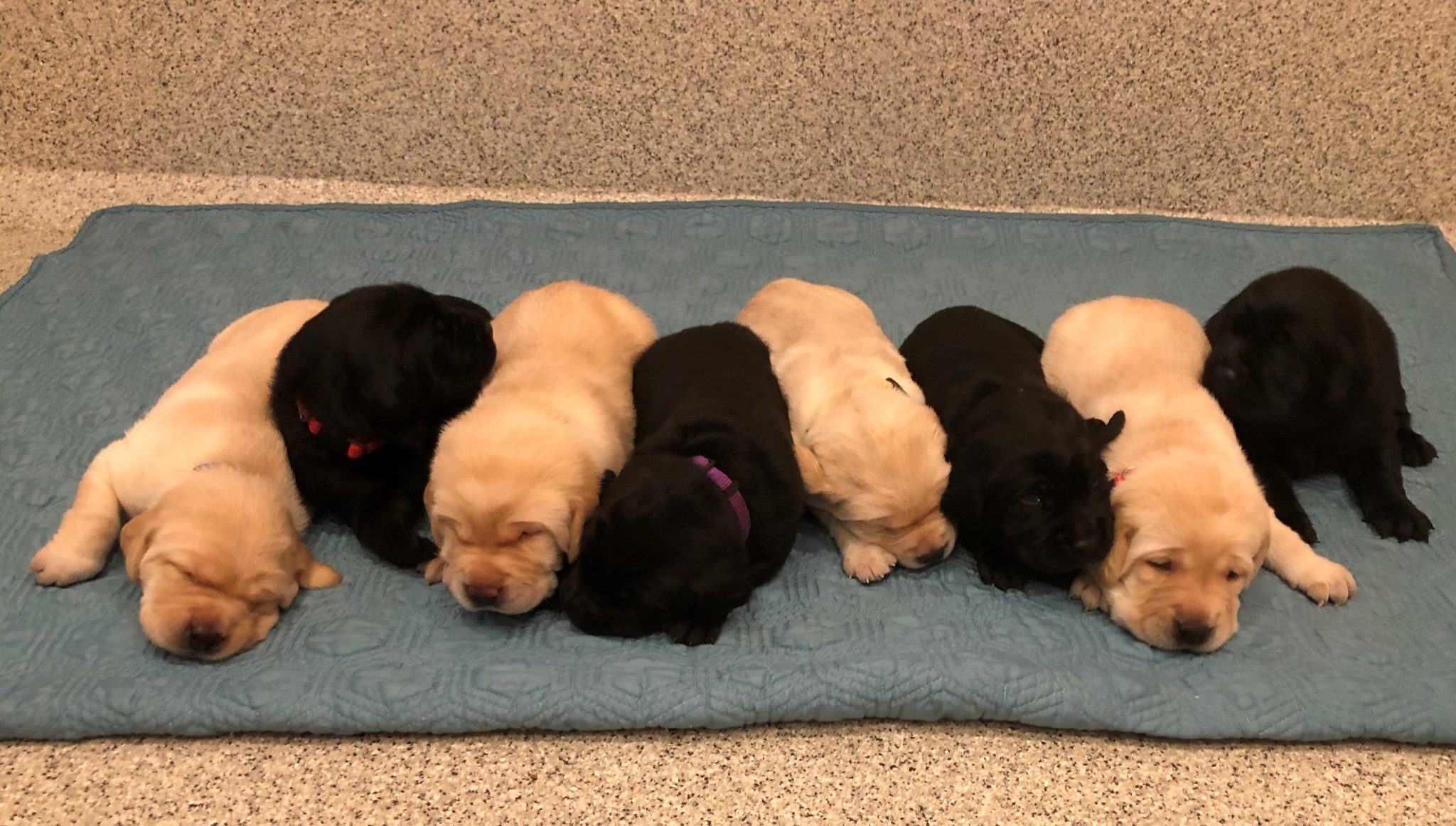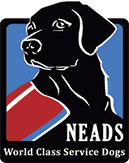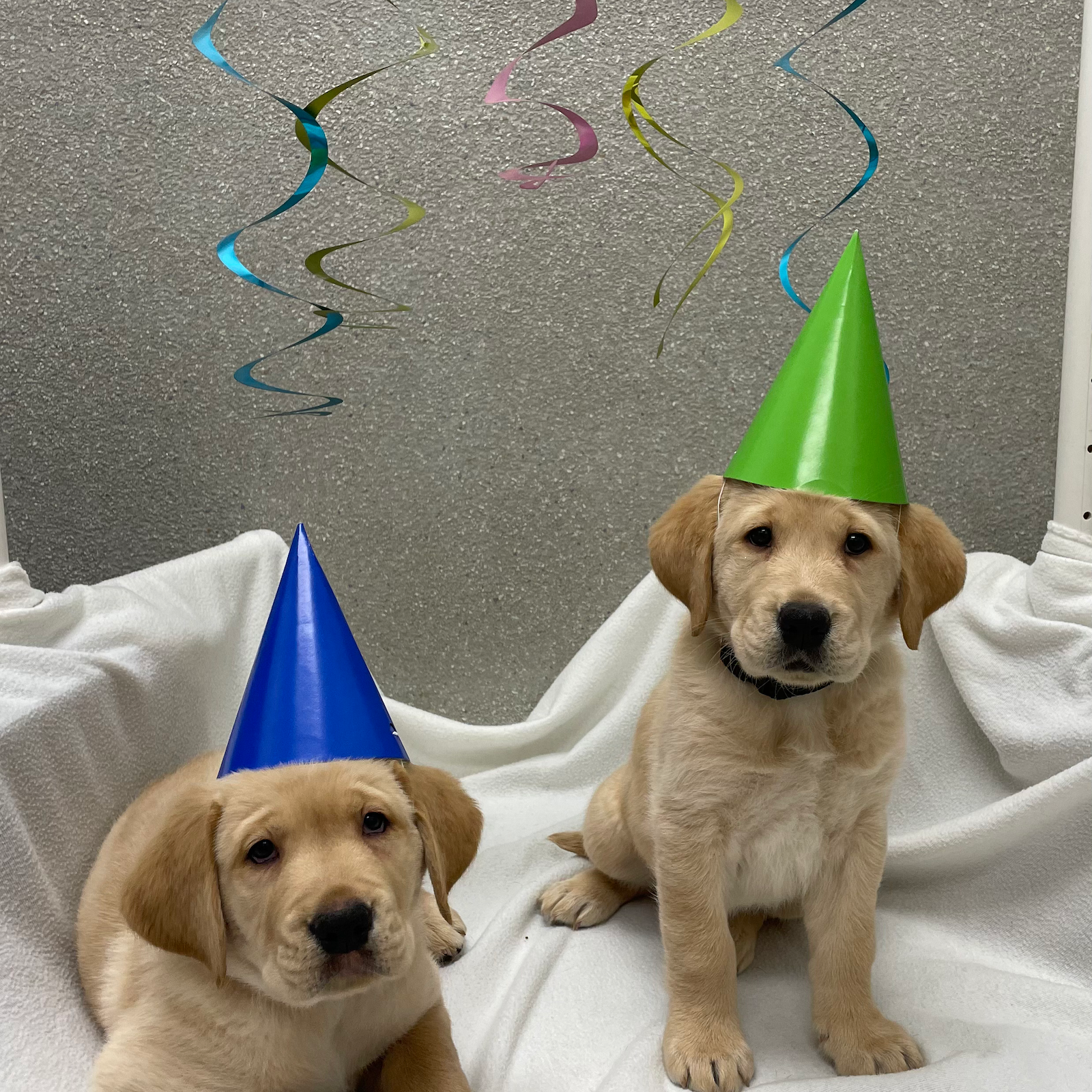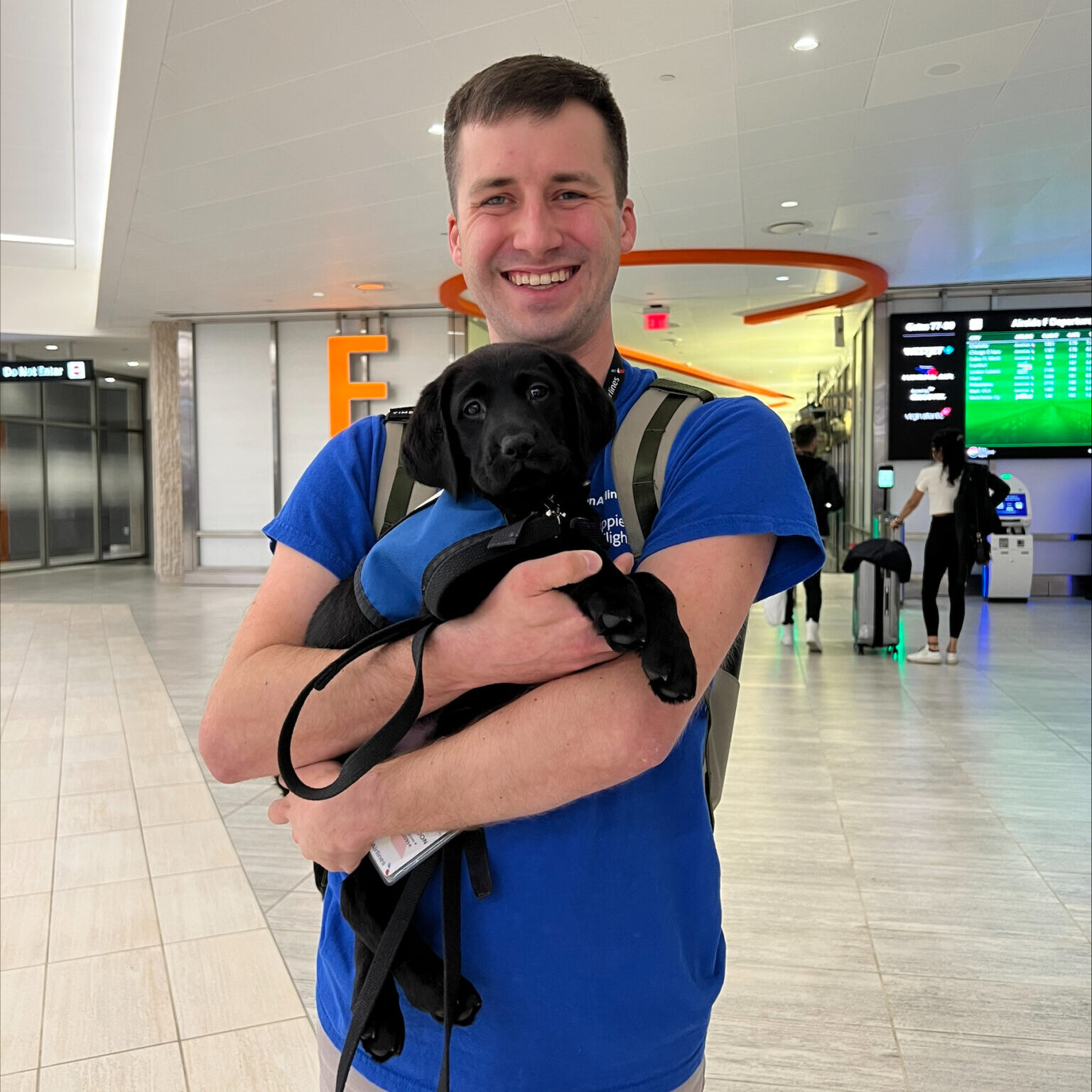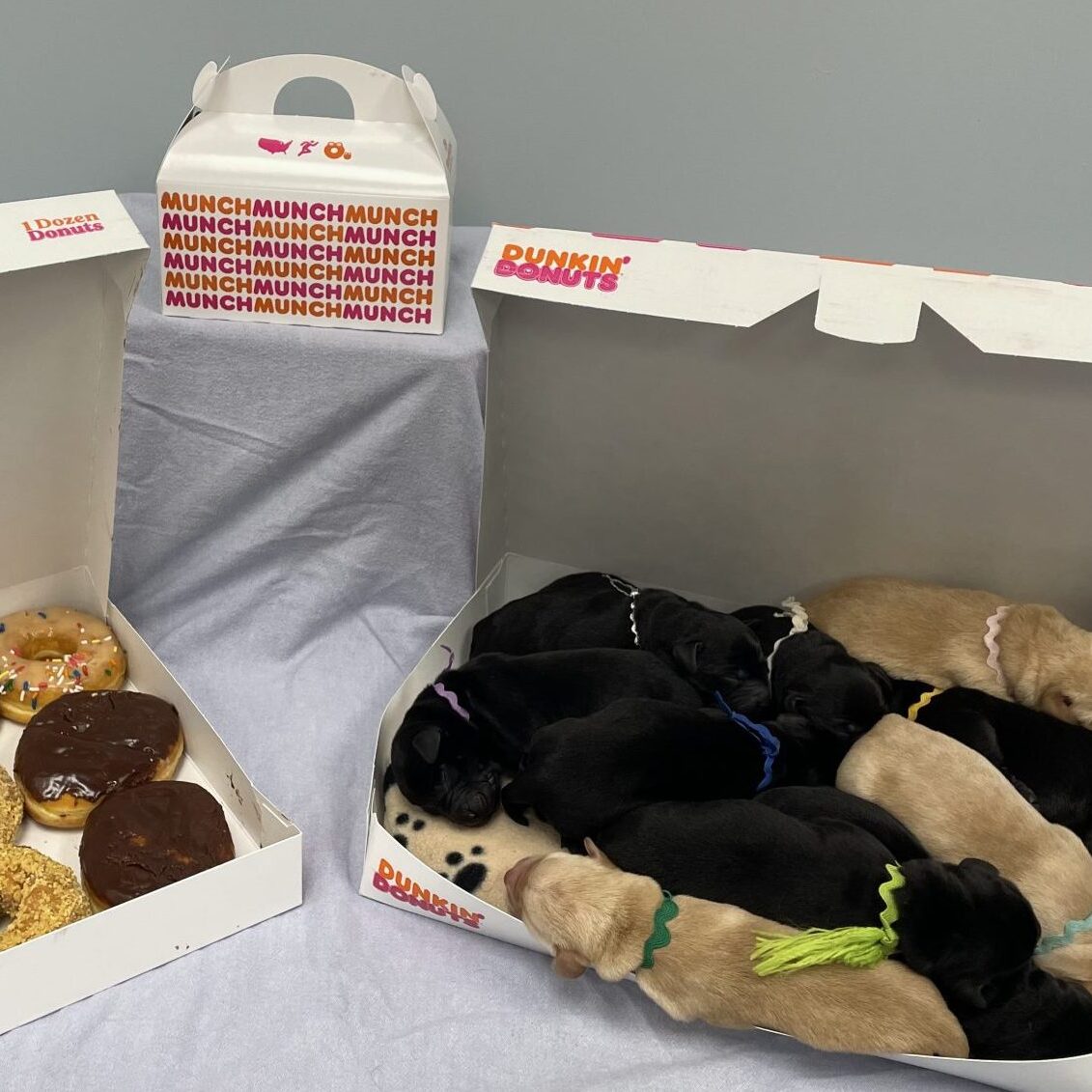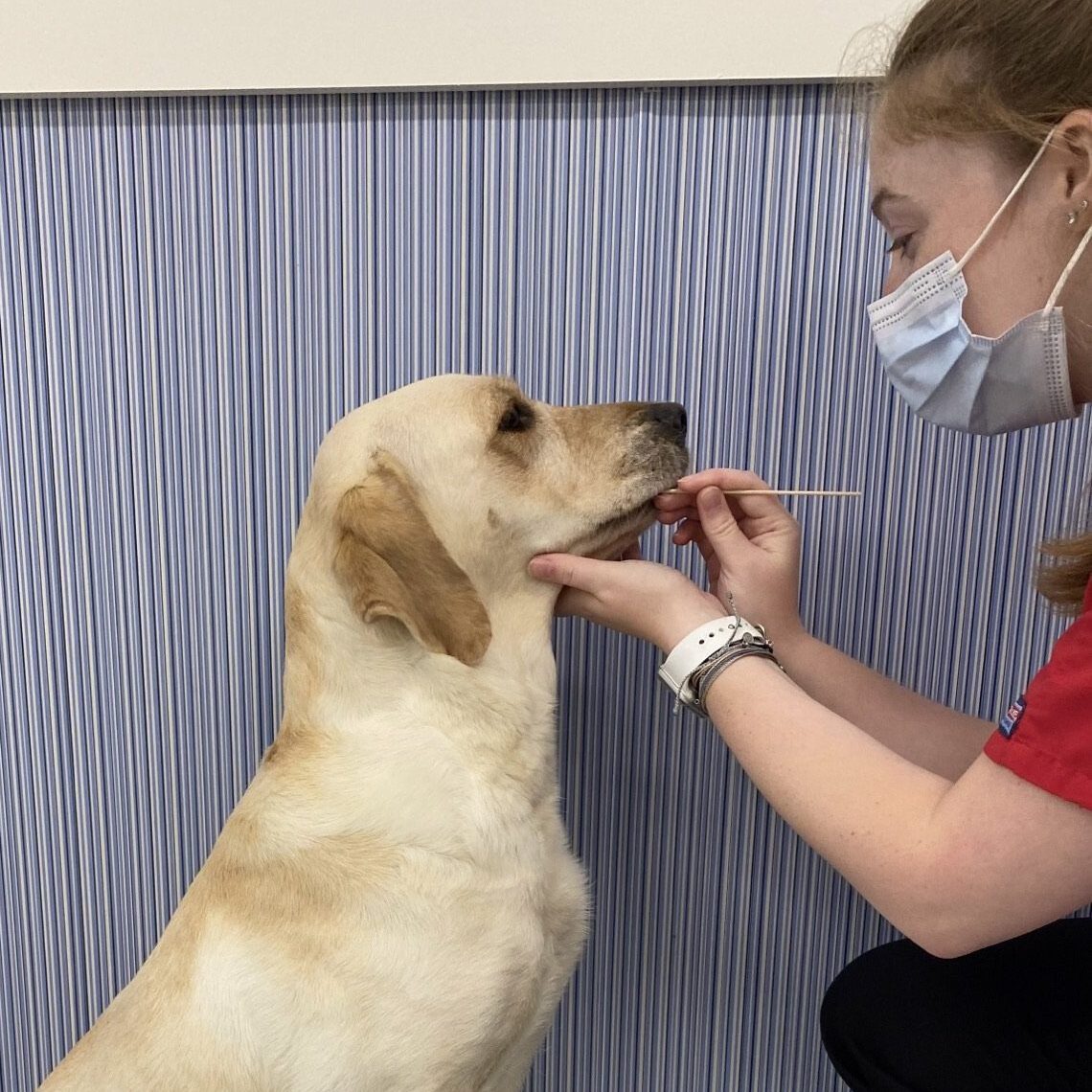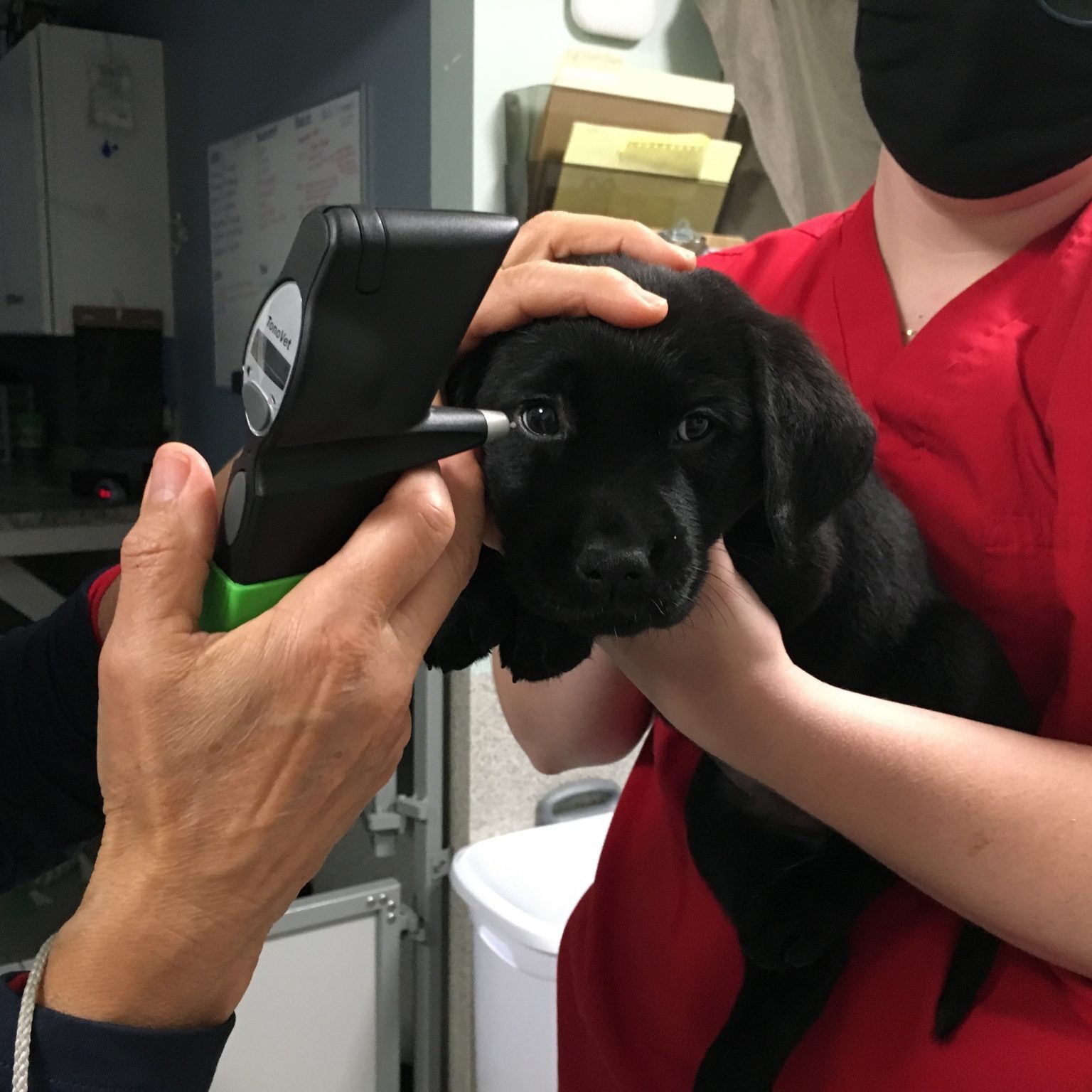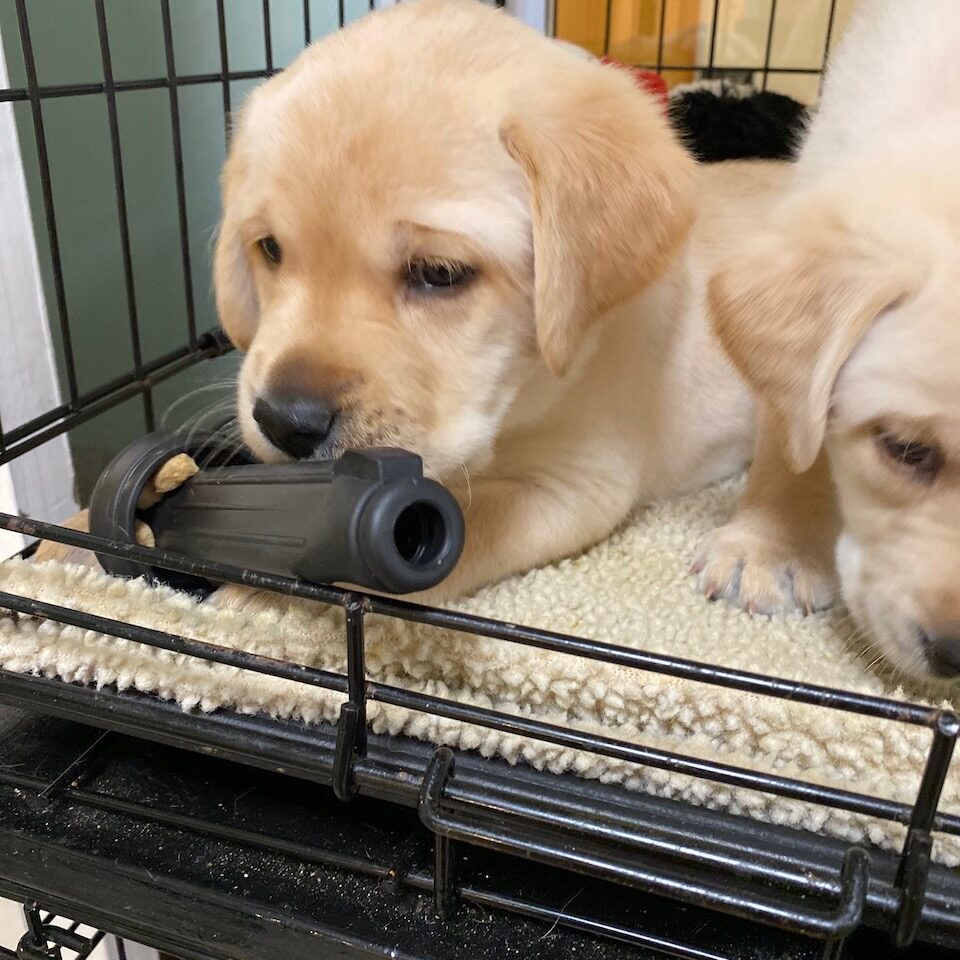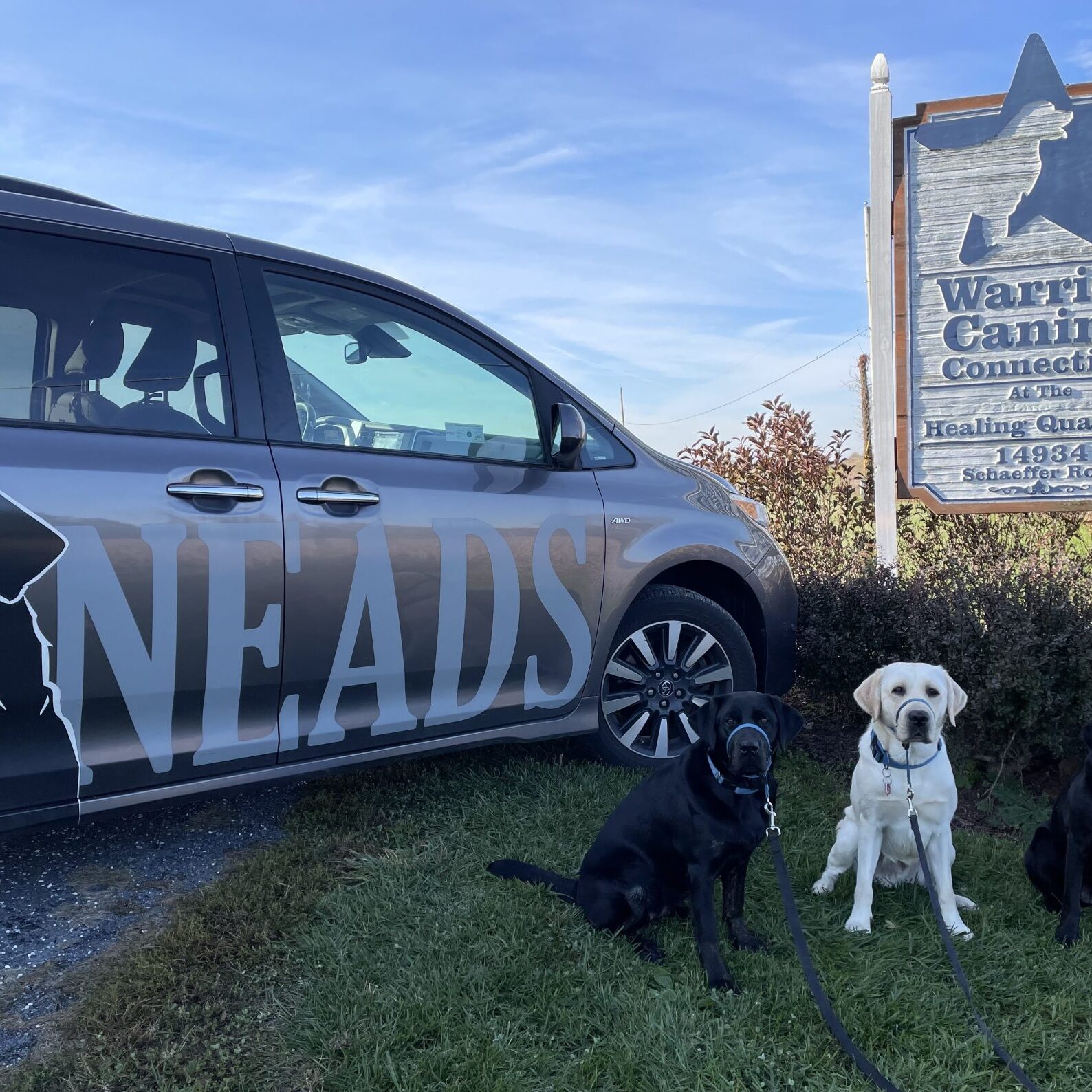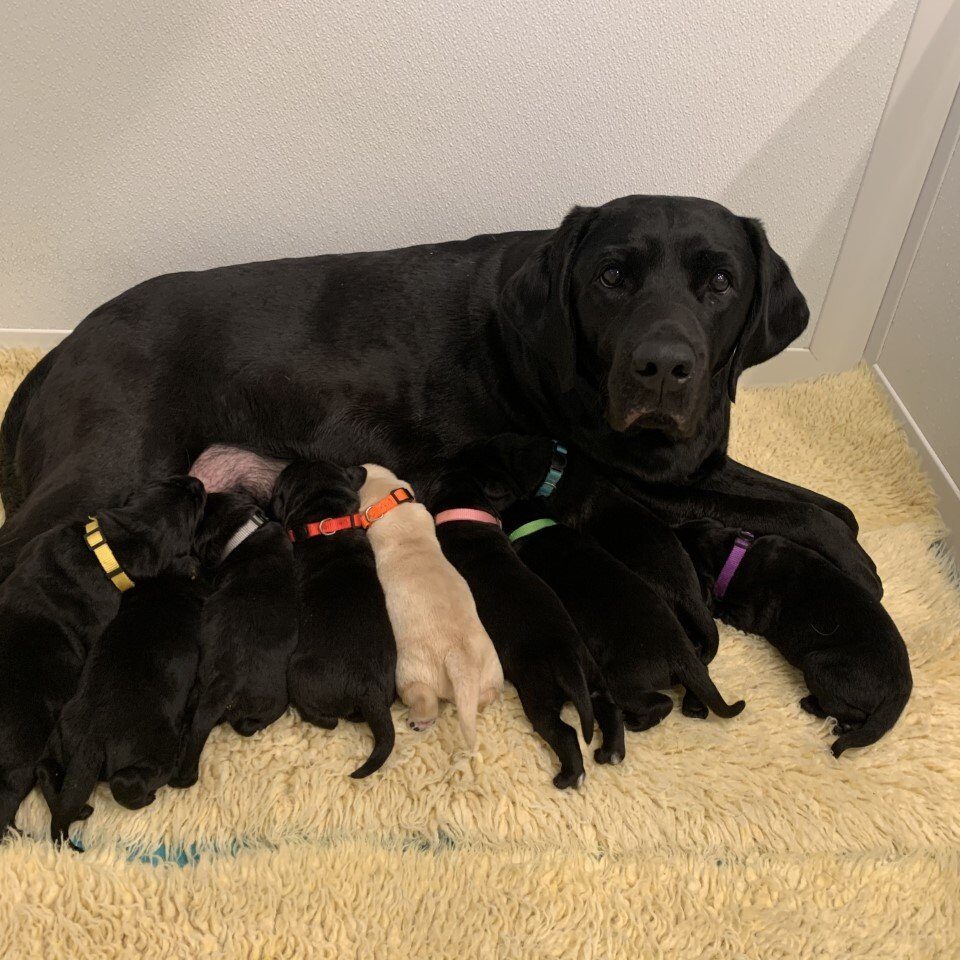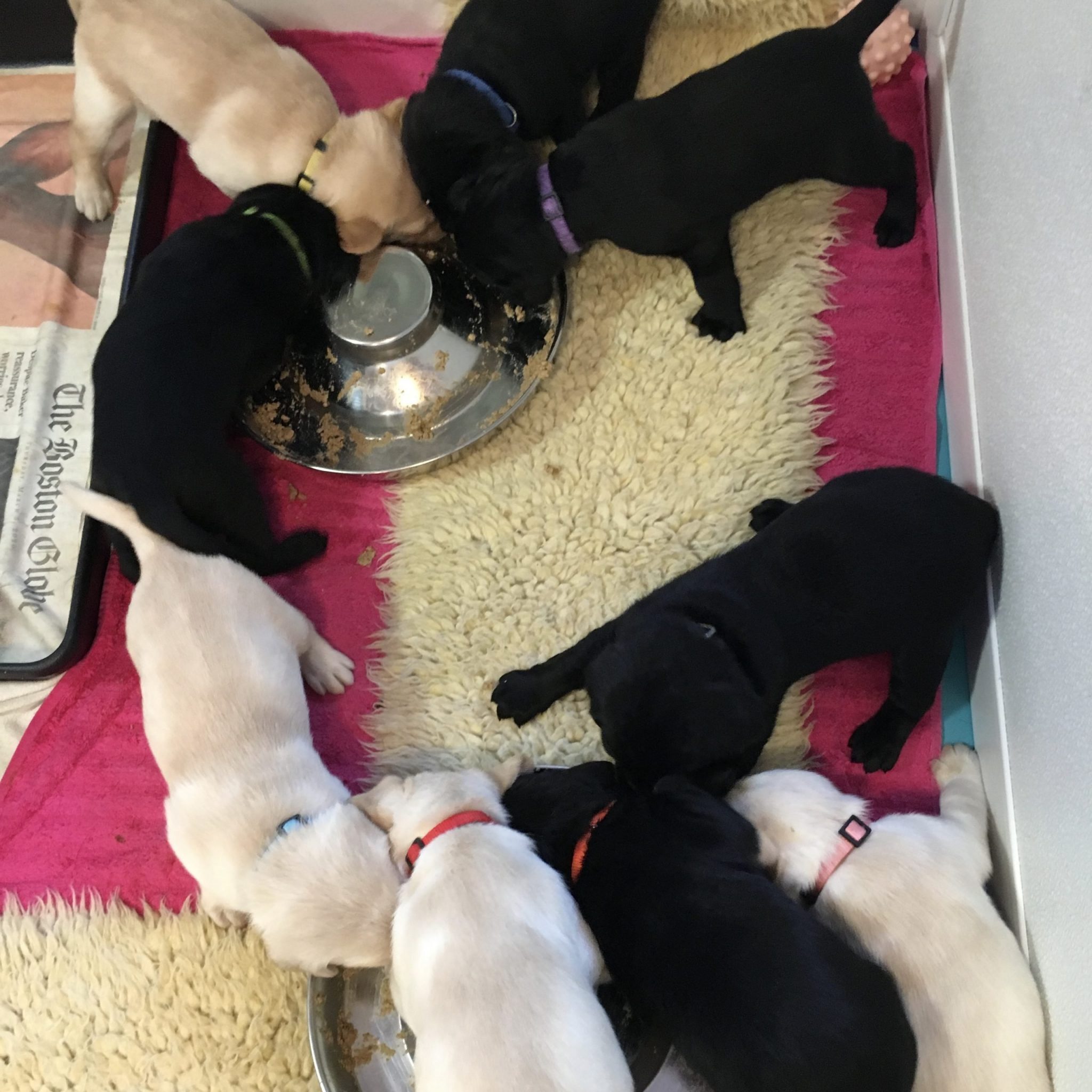NEADS Breeding Program - Frequently Asked Questions
NEADS dogs are primarily Labrador Retrievers specially bred for health, temperament, and longevity. With a NEADS-driven Breeding Program, we are less reliant on external sources for puppies that have a temperament and health profile that meet our world Class Service Dog standards. Controlling for temperament, health, and overall suitability for Service Dog work enables us to increase our pool of purpose-bred Service Dogs. This is key to ensuring that we can get more dogs through training and place more dogs with people in need.
A: NEADS has invested in its breeding program with the goal to continually improve the quality of dog that we produce and match with clients in behavior, genetics, and health. Producing the puppies ourselves and not relying on other organizations to provide them allows us to meet our puppy production goals, which in turn allows us to meet our goal of serving more clients.
We strive to maintain genetic diversity through collaborating with other top-quality industry partners across North America through careful and intentional mate selection.
